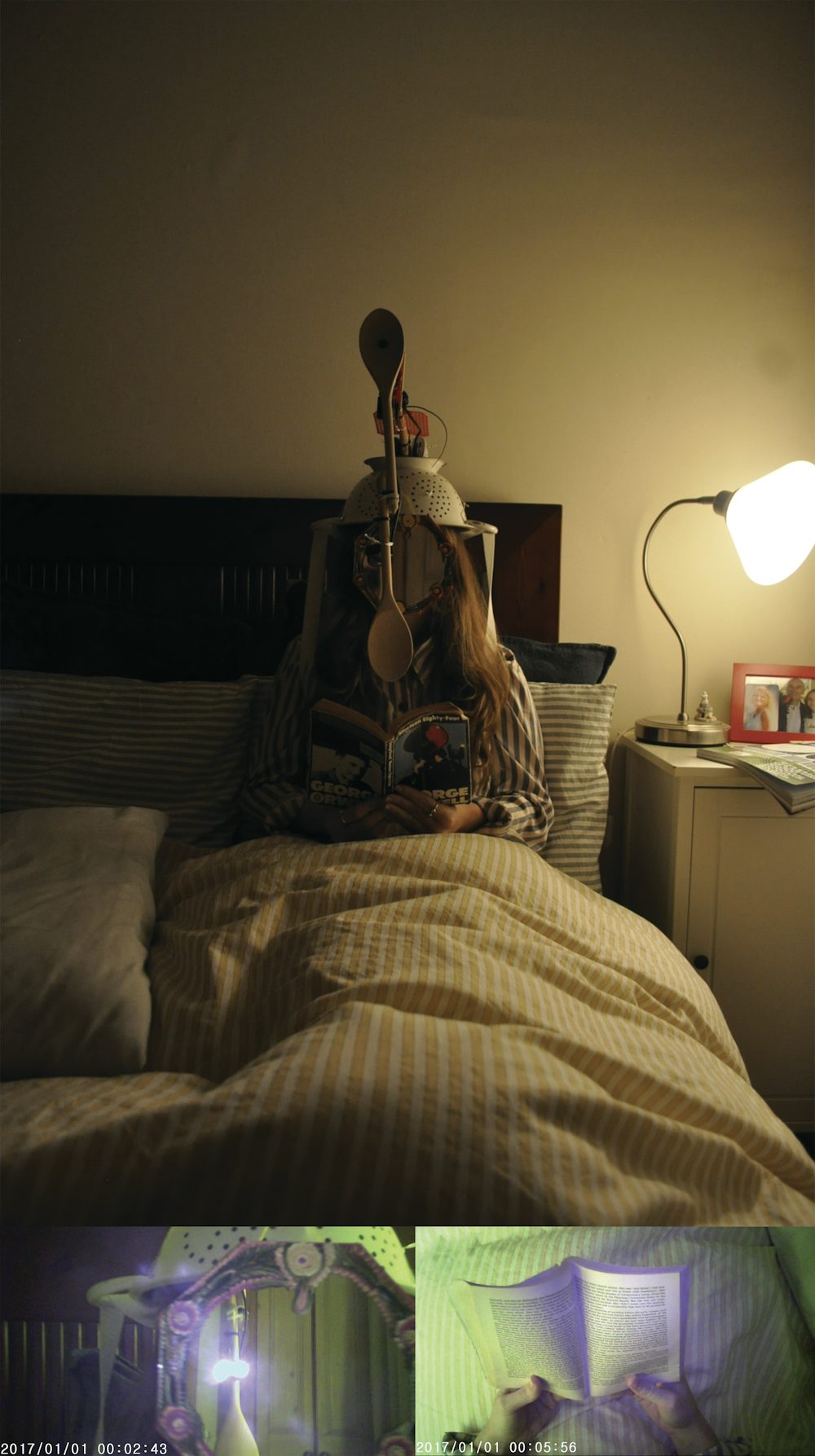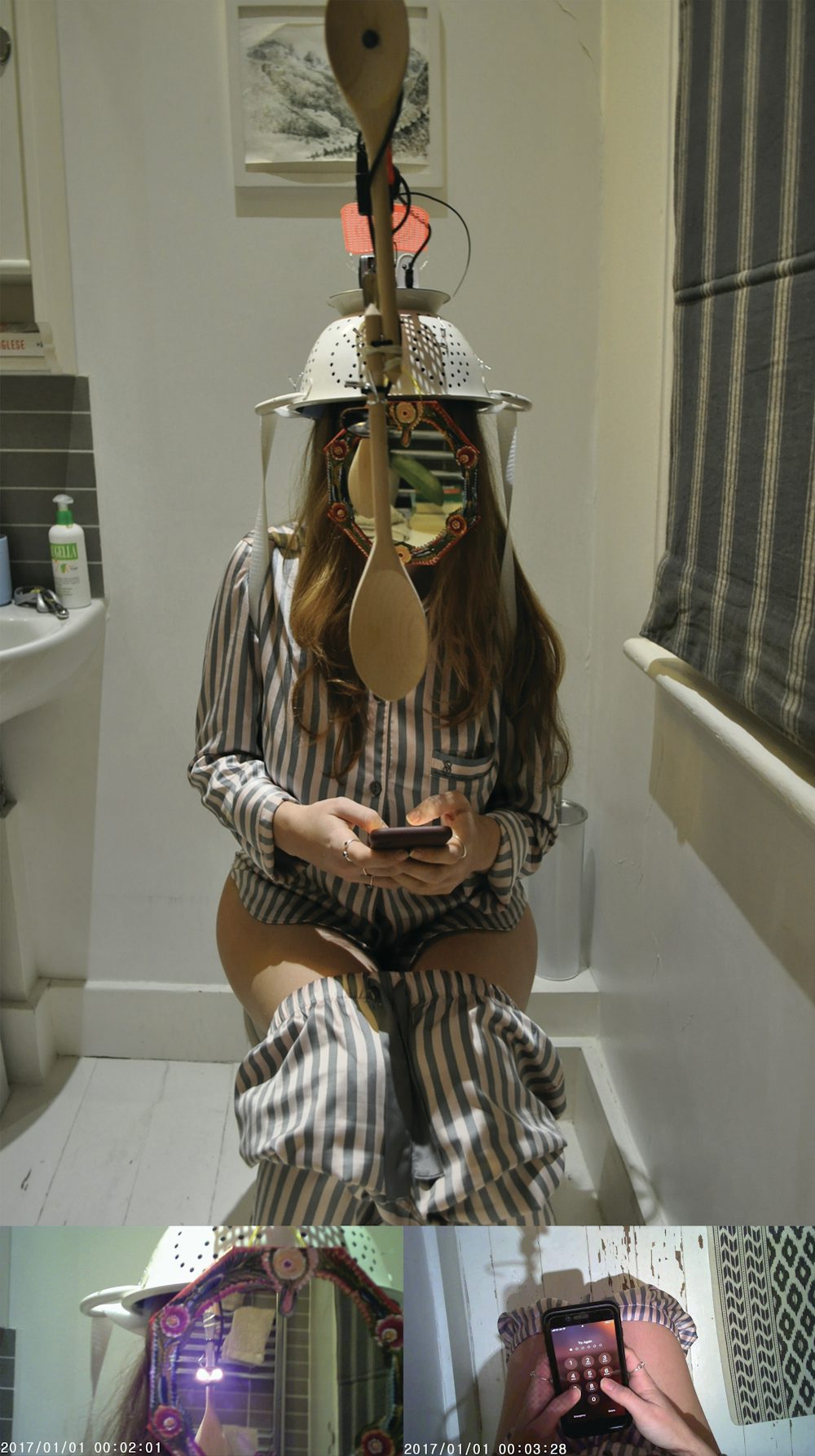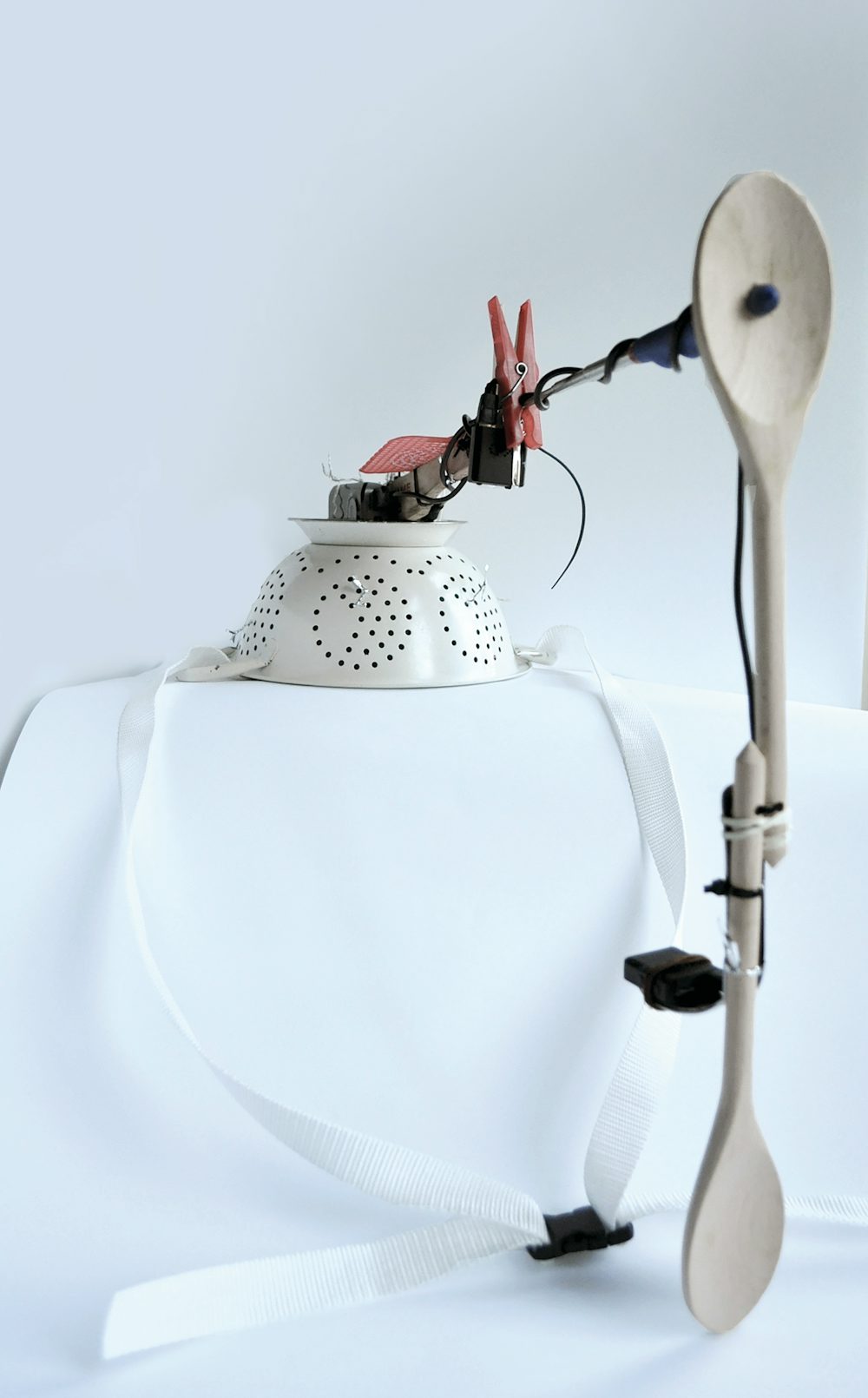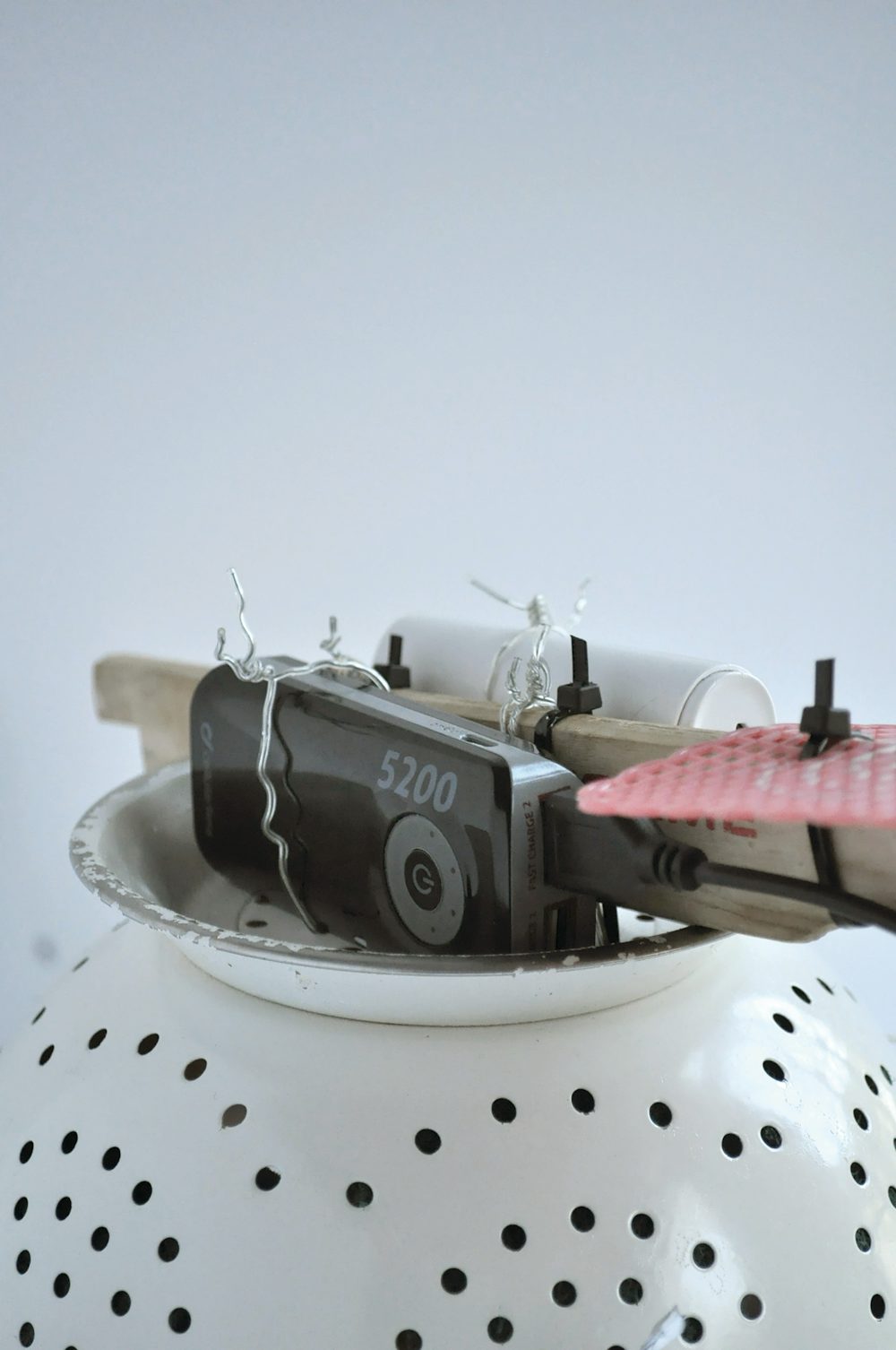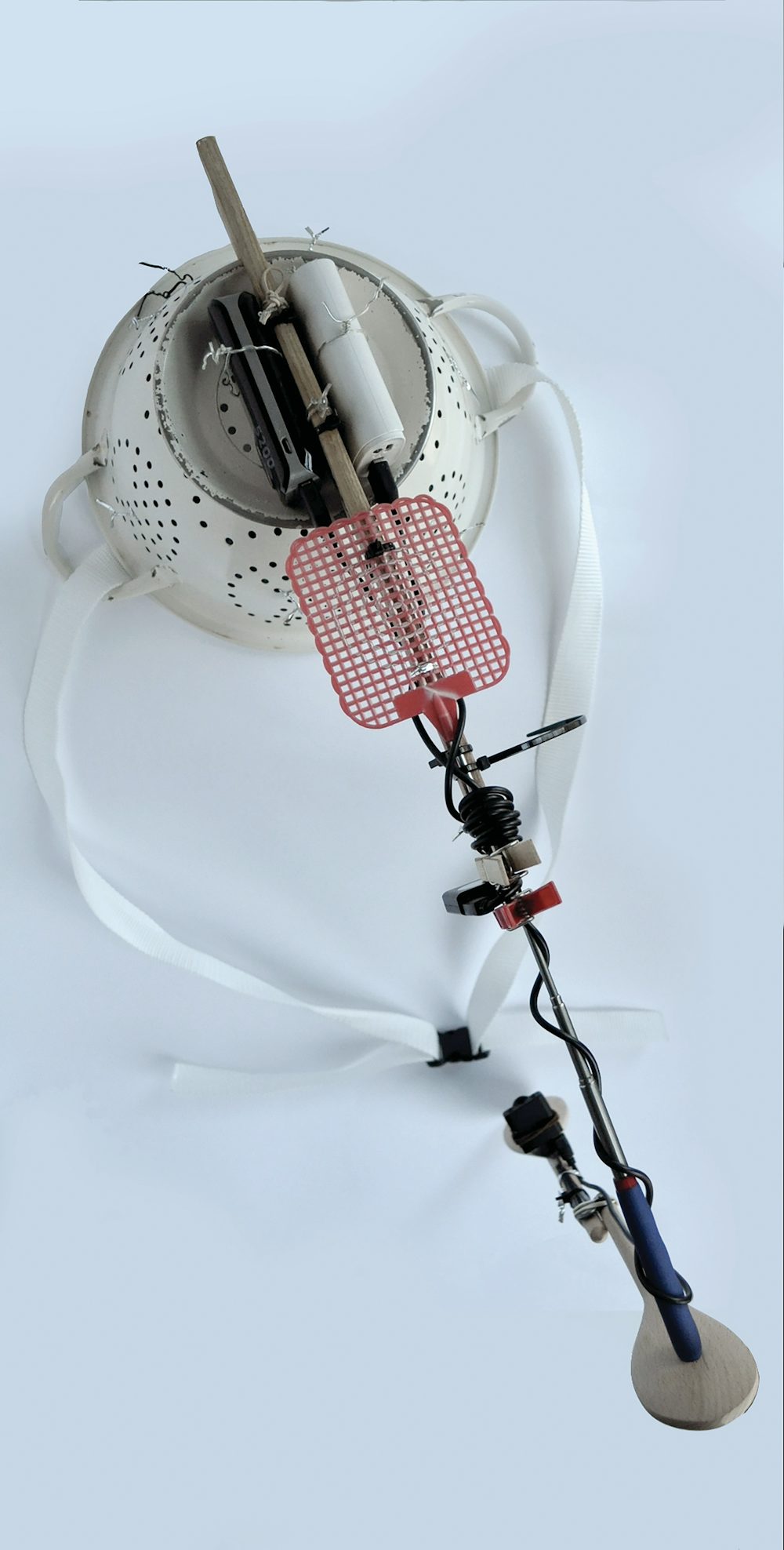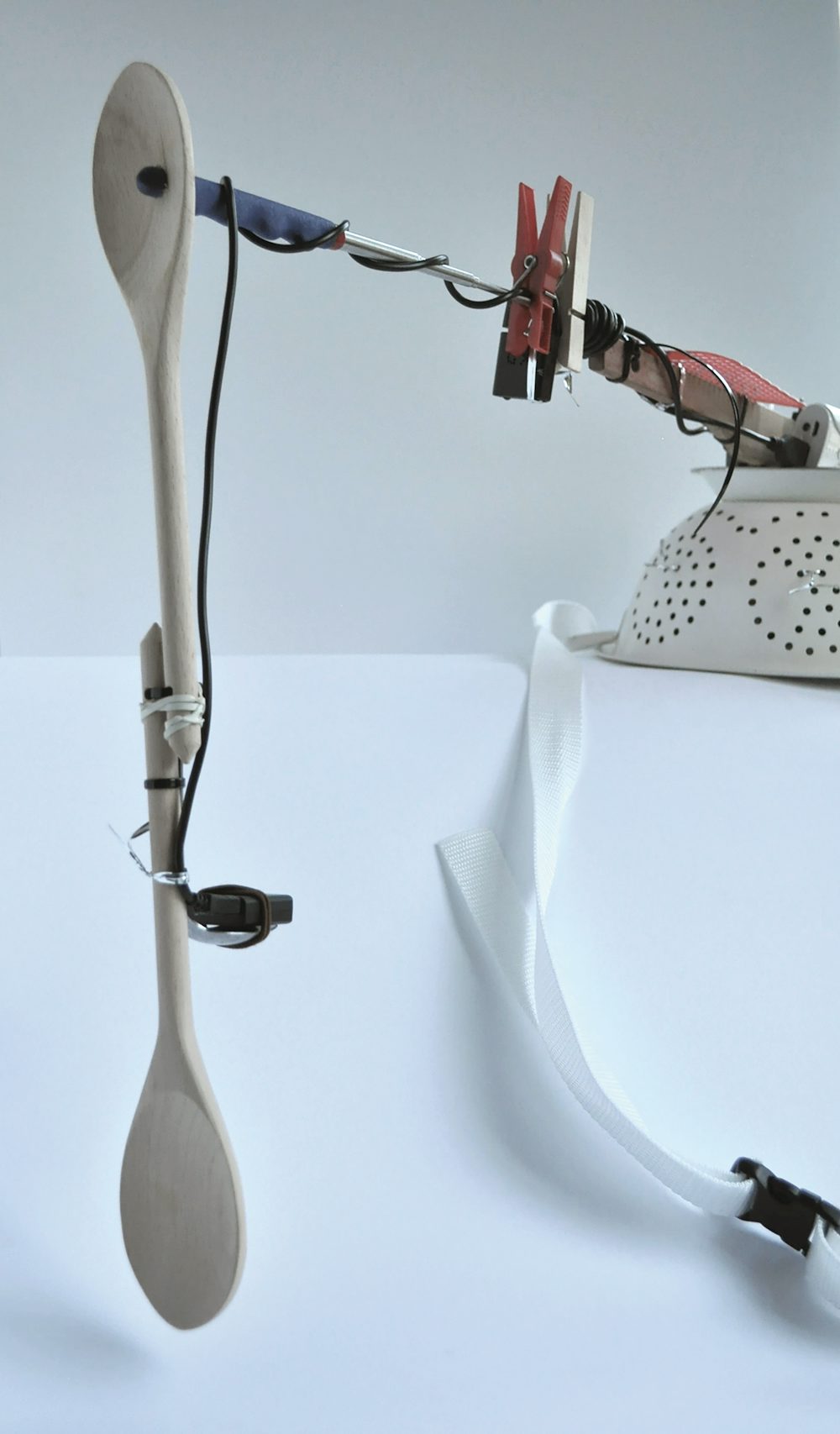Annalaura Fornasier
"The Seer"
Section MS8, Tania Lopez Winkler
Keywords: home, objects, body, post-/non-human, vision, performance
The seer follows your path from above. It memorises and collects data from you. The seer records and remembers your movements, it uses and compares data with ones of other individuals in the system, in order to foresee your next move. It recognises your facial expressions and understands your emotions. The seer studies your daily activities and finds ways to optimise them. The seer knows you and your daily life like you have never known it before.
The project offers an ‘intimate’ perspective on domestic life, through the use of two cinematic views. It wishes to highlight curiosities, secrets, relationships and rituals in an individual’s life within the home.
The interest for Wes Anderson’s recurring use of two camera perspectives to enhance intimacy in his cinematography - the god’s eye view from above, used for objects and actions, and the frontal close up shot to show characters’ emotions – led towards a process of documentation of such views present in his films. The process of cataloging these views becomes the first act of mediation within the research.
The two views (god’s eye view and front close up) are explored within the domestic realm, through the use of mini surveillance cameras. The filming style then undertakes a transformation: from cinematic to surveilling. The views are mediated through a prosthetic element, purposely built to enable the cameras to capture and observe an individual’s activities and objects encounters within the home. Made using utensils such as a colander, ladles, spoons, a swatter, pegs, sponges and power banks, the prosthetic ultimately becomes the embodiment of the language of domesticity, a representation of one’s domestic environment.
Through the prosthetic, the human vs. non-human/ animate vs. inanimate world physically merge together to form a new being, able to execute a mediation between an individual and the home. Born as a mere observational tool of intimacy, will this alien gaze penetrate and disrupt the secrecy and intimacy of our homes?



